Introduction
Yellowknife is today known as the capital city of the Northwestern Territories (NT), Canada but traditionally located in Chief Drygeese territory. It has been the traditional land of the Yellowknives Dene First Nation. The region is subarctic with cold winters and short summers. Wildfires in the surrounding Boreal forests forced residents to evacuate in 2023.
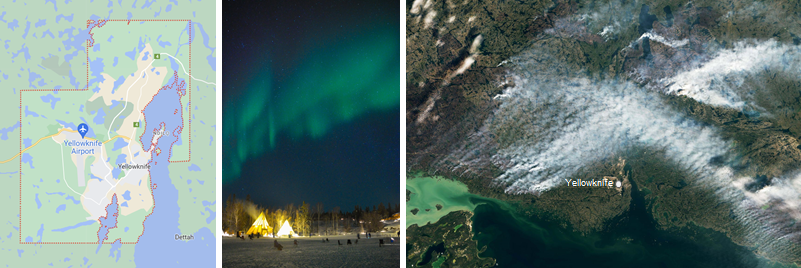
The Winter period lasts between November and April, with the harshest period starting early December and between January and February. January is the coldest time of the year, while temperatures in July reach into the mid 20s.
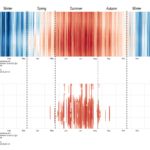
The graph shows the isolation of temperatures between 15 and 25oC, we can depict the most comfortable heating and cooling temperatures for natural ventilation. Opportunities for natural ventilation starts to emerge from May to June typically from 12pm to 6pm, and progresses in the summer months, mainly between 6am and 12am. However, between the months of September and April, the harsh weather conditions prevalent in the region limit the possibilities.
The mountain range to the west of the City blocks winds from that direction. Winter and autumn winds generally tend from the east, while summer and spring winds are more varied. During the colder months the risk of extreme windchill is high.

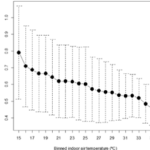
Thermal Comfort Analysis
For thermal comfort analysis we took into consideration the acclimatization and typical clothing of residents. Surveys of thermal comfort in different climates finds that acclimatization has a large bearing on the comfortable temperature range, and that people will layer up or down as needed, the following plot illustrates the comfortable indoor range versus outdoor climate – which has been used to produce a predictive model for clothing insulation values1.
On this basis we selected used Clo values of 0.8 – 1.2 to extend the thermal comfort range as well as strategies for increasing comfort in this cold climate of passive solar heating and capturing internal heat.
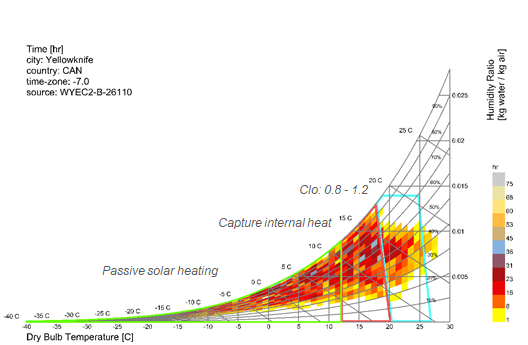
Site
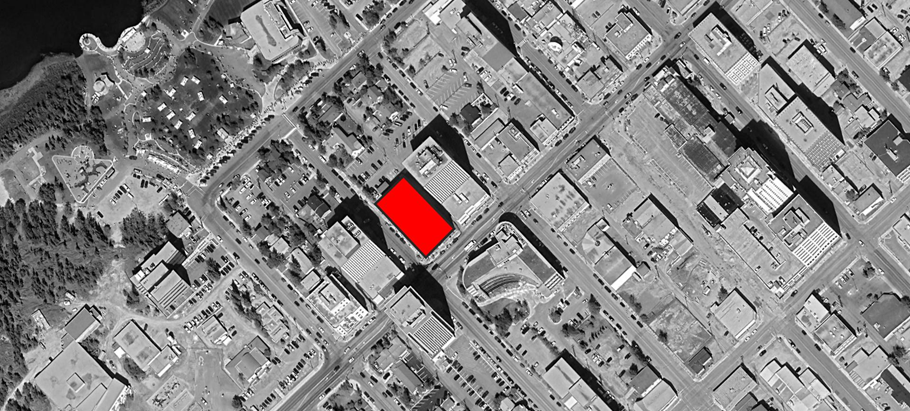
We selected a site in downtown Yellowknife for our proposed development. The local building code restricts heights to 45 m, and it is evident that tall buildings are a rarity. Based on our previous analysis we aim to maximize the solar heating, access to sunlight without negatively impacting our neighbours.
Solar Analysis
Using Wallacei optimization we sought to maximize the following:
- Volume / surface ratio to facilitate insulation of the building envelop and reduce heating costs based on passive house principals,
- Sky view for occupants, and
- Radiation for passive solar heating.
Our proposal is to combine a double skin facade with a large atrium in an attempt to maximize solar access and meet comfort goals.

Wind Comfort
We undertook a wind comfort analysis for the site and its immediate surrounds to assess the impact of our proposal on Lawson Comfort under the predominant wind condition of a 2.8 m/s Easterly – under these conditions 6.8% of the area experiences wind speeds in excess of 5.3 m/s. We expect that landscaping can be used to temper the effects of the building on wind discomfort.
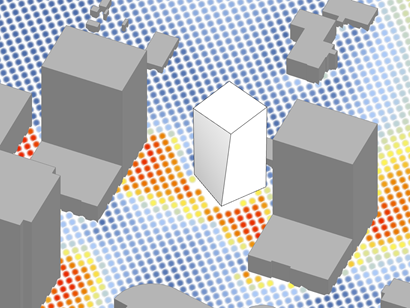
Final Proposal
Below we show our final proposed building that seeks to maximize indoor comfort and access to daylight in a cold climate through a double skin facade and large central atrium.
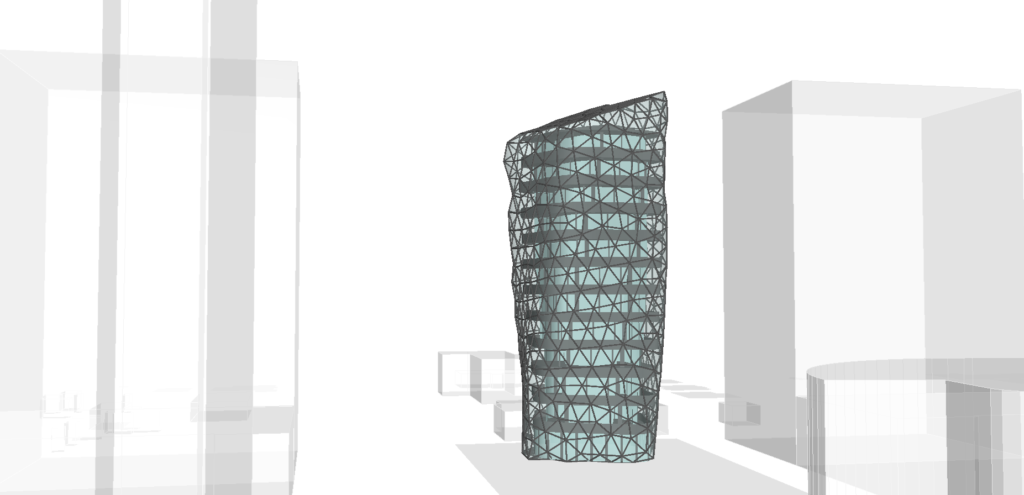
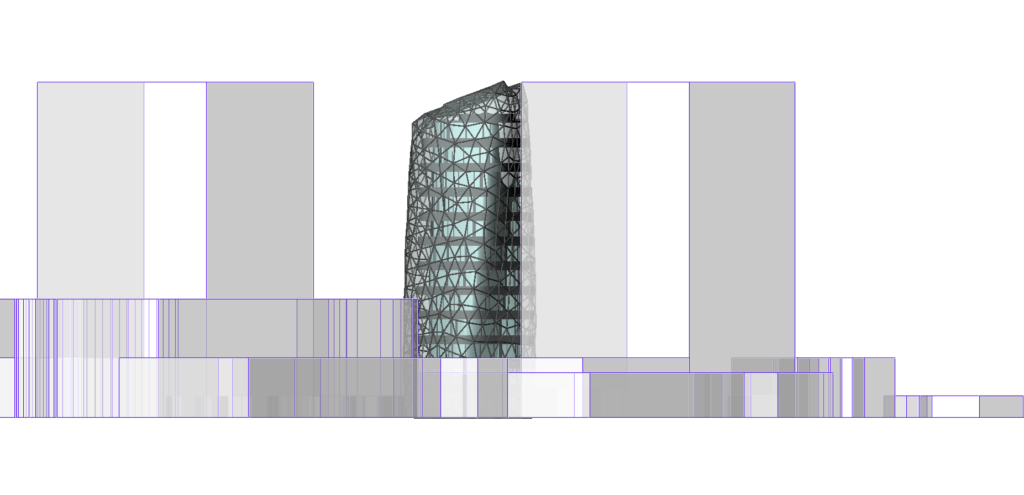

- Rupp, R. F., Kazanci, O. B. & Toftum, J. Investigating current trends in clothing insulation using a global thermal comfort database. Energy and Buildings 252, 111431 (2021 ↩︎

